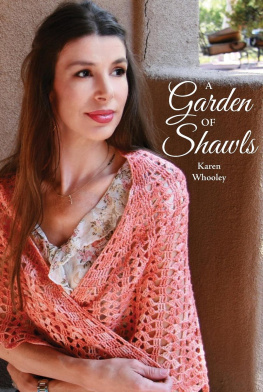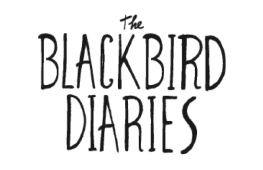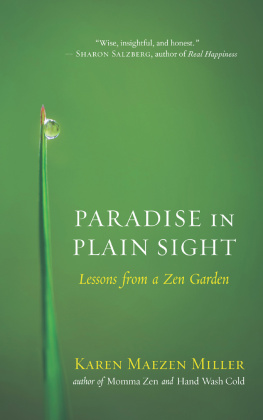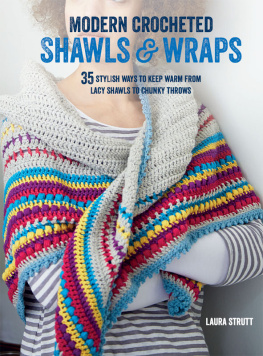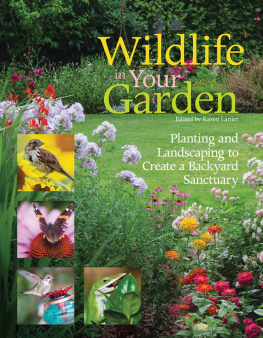
Garden
A
OF
Karen Whooley
Shawls

CoPyriGHT By Karen W Hooley
All rights reserved. No part of this book may be
reproduced, distributed or transmitted in any form
or by any means including photography, recording or
other electronic or mechanical methods without prior
written permission of the publisher with the exception
of brief quotations used in critical reviews and certain
other noncommercial uses permitted by copyright.
isBn: ----
eBook isBn : ----
Technical editor: Kj Hay
Model crocheters: Amy Curtin,
Penny Shima Glanz, Karen Whooley
Photography: Anne Podlesak
Model: Theresa Martinez
Book design: Elizabeth Green
T o David, T yler and Cassandra.
Be who God meant you to be and
you will set the world on fire.
St. Catherine of Siena

Contents



A G arden oF SHaWls
Introduction
Welcome to A Garden of Shawls . In these pages
you will find gorgeous shawls inspired by my
love of Italian lace and interesting construction.
If you are looking for an elegant accessory for a
night on the town, something comfortable with
jeans, warmth on a cool night or just something
fun to wear, I am sure you will find what you are
looking for between the covers of this book!
From the time I was seven years old I have been
fascinated with crochet lace. That summer I
learned to crochet, my Nonna gave me a size
steel hook . mm for those who are wonder-
ing and some size crochet cotton thread
and I learned traditional Italian laces.
As I got older I fell away from working in the
tiny threads for many years but I still had a
fascination with lace and open work of all sorts.
And as I moved through my design career, using
simple constructions with lace have been a
favorite tool I have used in many of my original
designs. I have included some of my favorite
ways to create a shawl.
This book is for every crocheter who is com-
fortable with the basic crochet stitches. Every
pattern includes charts, a special stitches section
as well as text so you can easily work your way
through the pattern. There are also sections at
the beginning of the book for abbreviations,
hints and information on how to make these
shawls work with heavier yarns.
I know you will enjoy every minute of your
journey in my Garden of Shawls ! Lets get
started!

A G arden oF SHaWls
Before You Get Started
Gauge
Gauge is probably the dirty word of crochet.
Most of us dont like to take the time or, as I
have heard in some of my classes, waste the
yarn to check our gauge. But especially in my
experience with lace crochet gauge can be the
dierence between a shawl that is just right and
one that will cover an African elephant.
When looking at the gauge and which hook I
recommend for each pattern remember that the
hook size is just that: a recommendation. I may
be a looser crocheter than you. You may have to
go to a hook that is times larger to get the
same gauge. That is OK! If you have to go down
a hook size to get the gauge, that is fine!
And dont forget every patterns gauge is the
BLOCKED gauge. So not only will you need to
make a swatch, you will need to block it.
Substituting Heavier Yarns
I realize that there are many of you who dont
like the finer yarns I used in this book. That
is absolutely fine! You can substitute a heavier
weight yarn but that means gauge is going to be
even more important!
A heavier yarn means that your shawl will grow
longer and wider faster than the pattern is
written. But every pattern has a repeat. So what
you would need to do is make a gauge swatch
following the pattern for at least repeats. Block
it. Then measure your gauge. You will have to do
some math using your gauge to figure out how
many repeats you will need in order for your
shawl to come out the size and depth you want
it to be.
There are a couple of things to note about using
heavier yarns than what I used. First, the shawl
will be bulkier than what the models look like.
You will need to play with hook sizes to be able
to get some good drape on the heavier shawls.
And secondly, the yarn requirements will be
vastly dierent that what I included in the
pattern. Most will have less yardage but only a
good gauge swatch will help you figure it out.

A G arden oF SHaWls
Reading a Crochet Chart
I believe that everyone learns to read patterns
dierently. Some people are very visual; others
can get by with just the words. That is why you
will find every pattern in this book includes
both written instructions and symbol charts.
To read my charts, the first thing you want to
look at is the key. Each symbol represents a
stitch in the pattern. Its important that you
know how to make all of the stitches shown in
the key. If you dont, check the special stitches
section of the pattern to learn how.
You will always read the crochet chart from
bottom to top. Every row or round is numbered
where it begins. The odd rows will be one color,
the even another. Both of these will help you to
keep from losing your place. If you are working
in rows, you will turn the work at the end of
every row. If you are working in rounds, most
often you will continue to work on the right side
of the fabric. But verify in the written pattern
that this is the case as often there are patterns
that do need to turn the work in the round.
Normally you will only be working into a chain
when you are working into the foundation
chain. However, if you see one or more stitches
sitting on top of one or multiple chains that will

